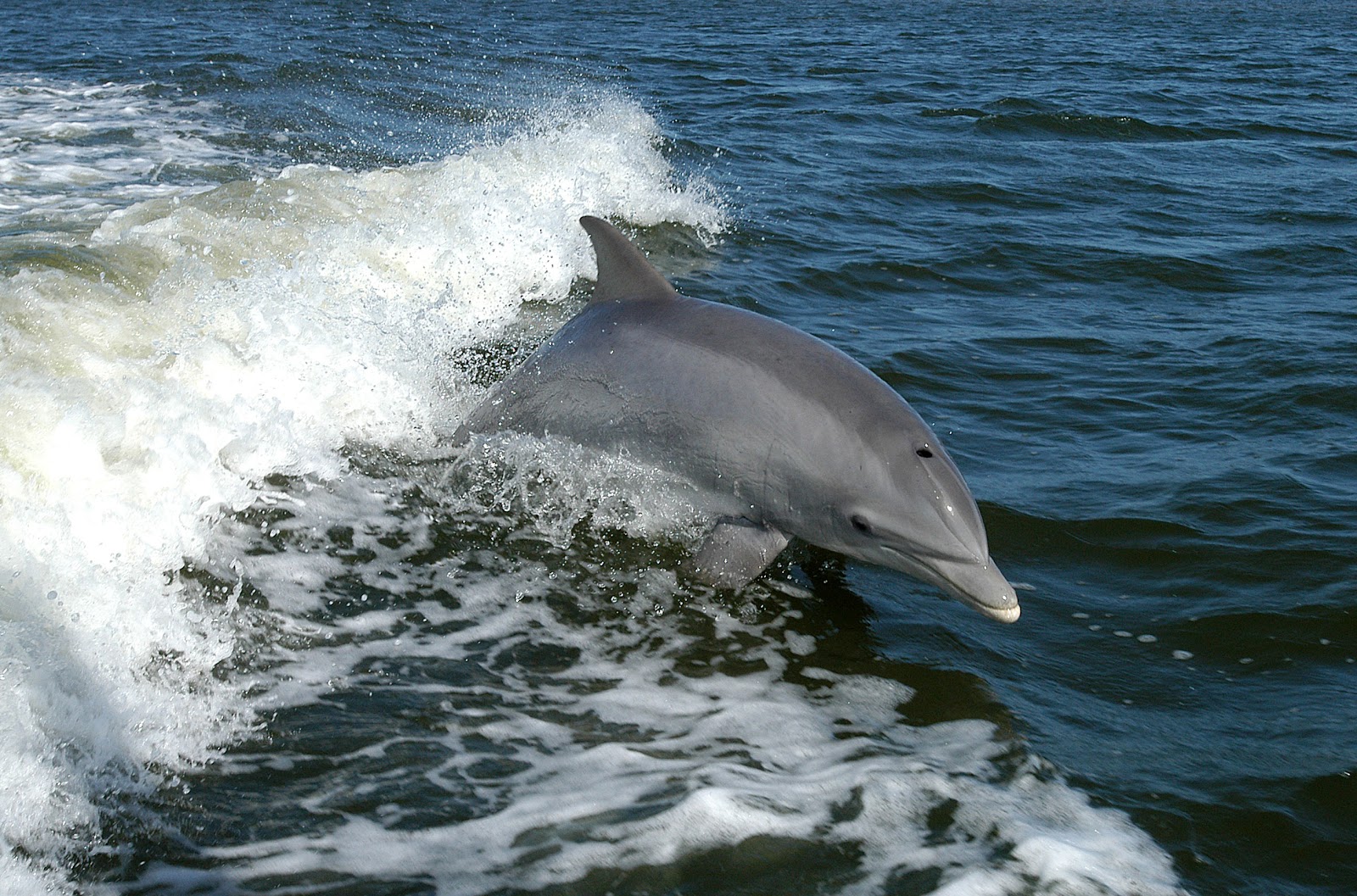Aniyah Lessane
Sea HOrse
The sea horse’s scientific name is Hippocampus kuda. THe domain is Eukarya, kingdom Animalia, phylum Chordata, class Osteichthyes, order Syngnathiformes, family Syngnathidae, genus Hippocampus, and species Kuda.
This species of seahorse is creamy or pale yellow color, and has dark brown spots. One behavioral adaptation a sea horse has, is that the males care for the babies. Sea Horses are considered very good parents because they stay with their young until they are mature enough to take care of themselves, kind of like humans. They also will protect their young from danger by using one of their functional adaptations, their tubed mouths. They use their tubed mouths to protect their young by sucking them in if their is a potential danger around. Seahorses also use their jawless and toothless mouths to eat by sucking in their food.
Seahorses are heterotrophs, meaning that they have to consume other organisms for energy. Seahorses eat krill or plankton. When they are eating they use their tails ( structural adaptation ) to hang on to the coral because they are actually bad swimmers. The main 
predators of seahorses are humans, tuna, dorados, skates, rays, and crabs. They also have bilateral symmetry and are endothermic.
Humans
The scientific name for human is Homo sapien. The domain is Eukarya, kingdom Animalia, phylum chordata, class Mammalia, order Primata, family Hominidae, genus Homo, and genus Sapien. Humans can, and do, live anywhere, except for antarctica. At least not permanently. A functional adaptation that helps humans, are their opposable thumbs. We use them to hold on to grasp things, so that they won’t slip out of our hands. A behavioral adaptation is that the children will often stay with their parents until they are eighteen. Sometimes they are younger when they are younger when they leave, sometimes they are older. It can vary. Another behavioral adaptations that humans have is our ability to communicate through speech. By talking, we can communicate more effectively, and even get better educations. Humans are heterotrophic meaning that we eat other organisms to gain energy. We are also omnivores, and eat both plants and animals. Although humans are apex predators, some species have been none to attack us. Such as, sharks, tigers, lions, and other types of wild animals. Humans have bilateral symmetry, and are also endothermic (warm blooded ).
Sea Urchin
The Sea urchin’s scientific name is Arbacia punctulata. The domain is Eukarya, kingdom Animalia, phylum Echinodermata, class Echinoidea, order Arbacioida, family Arbaciidae, genus Arbacia, and species Punctulata. Sea Urchins live in salt water in the Atlantic Ocean. They are heterotrophic, and eat algae. They also have spikes all over them to help defend them selves, which is a functional adaptation. The spikes also cause them to have radial symmetry, which is when an organism will always be symmetrical, no matter which way it folded. Another functional adaptation of the Sea Urchin are its tiny feet on the bottom side. These tiny feet help it crawl along on the sand. A behavioral adaptation is that Sea Urchins will point all of their spines in an are being poked, if it is sharp. Some predators of Sea Urchins are Triggerfish, Sea otters, and Humans
(sometimes humans will eat sea urchin eggs ).
Bottlenose Dolphin
The Bottlenose Dolphin’s scientific name is Tursiops truncatus. The domain it is in is Eukarya, kingdom animalia, phylum chordata, class mammalia, order cetacea, family delphinidae, genus tursiops, and species truncatus. Bottlenose Dolphins live in tropical or subtropical waters. They are heterotrophic, and eat fish, like tuna. A behavioral adaptation that Bottlenose Dolphin’s have, is that they travel in pods. When they travel in pods, it helps them because they have other dolphins to watch their backs, and to help them survive. A functional adaptation is their ability to echolocate. Not only does it help them have a better sense of their surroundings, but it can also help them find each other if they were to get lost. Another behavioral adaptation, is that they are still conscious when they are asleep. Tursiops truncatus are endothermic ( warm blooded ), and have bilateral symmetry.
No comments:
Post a Comment